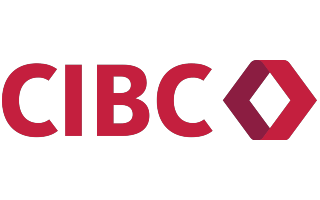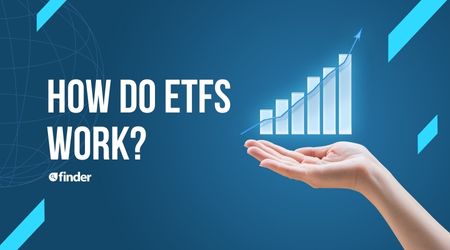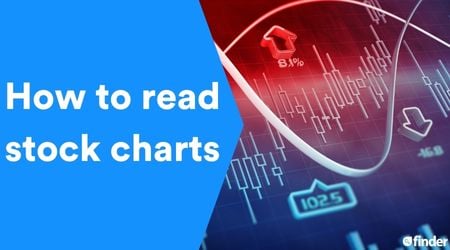What are materials stocks?
Materials stocks make up the materials sector — one of the 11 major sectors of the stock market. These companies find, develop and process raw materials such as oil, timber and metal. Since most of these materials are used in construction and packaging, any changes in the business cycle and economy can affect their performance.
What industries does it include?
The materials sector includes companies that make basic materials that we use in everyday items. The 5 major industries include:
- Chemicals. Those that convert raw materials to industrial chemicals, such as plastic.
- Construction. This industry comprises companies that deal primarily with the construction of buildings, roads and bridges.
- Containers and packaging. These professionals tackle the design and manufacture of various types of packaging, like aluminum food containers, paint cans and cardboard boxes.
- Paper and forest products. This industry is dedicated to growing and harvesting lumber, timber and paper.
- Metals and mining. These companies are responsible for locating and extracting metals and minerals like aluminum, gold and silver.
How to invest in the materials sector
When investing in the materials sector, you have 2 options: exchange-traded funds (ETFs) or individual stocks. ETFs track the sector and hold a basket of materials stocks, which lowers your exposure to risk by diversifying your portfolio. But they usually come with higher fees and pay lower dividends. Owning shares of individual stocks can offer higher payouts, but can be riskier.
Here’s a snapshot of how to invest in stocks and ETFs:
- Choose a brokerage. Compare brokerage platforms to select a firm that matches your financial goals.
- Open an account. Most brokerage accounts offer online accounts. While some don’t require a deposit to open, you’ll need to fund your account before you can purchase any investments.
- Select your securities. Use your platform’s resources and research tools to read up on stocks and ETFs.
- Make a purchase. Place an order on a security you’d like to invest in.
- Track your investments. Log into your brokerage account to monitor your stocks or ETFs.
What stocks are in the materials sector?
- Barrick Gold Corporation (TSX: ABX)
- Wheaton Precious Metals Corp. (TSX: WPM)
- Domtar Corporation (TSX: UFS)
- Ero Copper Corp. (TSX: ERO)
- Neo Performance Materials Inc. (TSX: NEO)
- West Fraser Timber Co. Ltd. (TSX: WFG)
- Air Products and Chemicals, Inc. (NYSE: APD)
- The Sherwin-Williams Company (NYSE: SHW)
- Ecolab Inc. (NYSE: ECL)
- BHP Group (NYSE: BHP)
- Rio Tinto Group (NYSE: RIO)
- China National Building Material Company Limited (HKSE: 3323.HK, OTC Markets: CBUMY)
What ETFs track the materials sector?
Several popular ETFs that follow the materials sector include:
- iShares S&P/TSX Capped Materials Index ETF (TSX: XMA)
- Fidelity MSCI Materials ETF (NYSEArca: FMAT)
- First Trust Materials AlphaDEX Fund (NYSEArca: FXZ)
- Invesco S&P 500 Equal Weight Materials ETF (NYSEArca: RTM)
- Materials Select Sector SPDR ETF (NYSEArca: XLB)
- SPDR Metals and Mining ETF (NYSEArca: XME)
- Vanguard Materials Index Fund (NYSEArca: VAW)
How is the materials sector performing?
The stock market is in constant flux, and individual stocks can change prices quickly. But you can use the performance of ETFs to gauge the average performance of a sector over time. The graph below tracks the Materials Select Sector SPDR ETF (XLB), which can be used to track the performance of materials stocks. Note that figures are shown in US dollars.
Why invest in the materials sector?
Materials stocks provide the raw materials necessary to produce goods and services. These are popular investments because these companies tend to thrive in a strong economy.
Many materials stocks also generate regular cash flow and return cash to shareholders through consistent dividends. The SPDR S&P Metals and Mining ETF dividend yield is 1.03%, while the Vanguard Materials Index Fund ETF dividend yield is 1.46%. For comparison, the dividend yield of the S&P 500 index is 1.35% as of June 30, 2021.
A few individual stocks are boasting dividend yields well above this. For example, Compass Minerals International has a dividend yield of 4.4% as of June 9, 2021 and International Paper Company has a dividend yield of 3.5% as of August 13, 2021.
What unique risks does the materials sector face?
The materials sector is especially vulnerable to the global economy, international politics and fluctuating demand. For example, materials stocks can get caught in the crosshairs of geopolitical tensions and trade wars. Tariffs can lead to higher prices, which can delay or deter sales.
Materials stocks can also plunge when there is low demand, especially during economic recessions.
Compare stock trading platforms
If you’re planning on buying stocks or ETFs, you’ll need a brokerage account. Compare your options to find the best fit.
Finder Score for stock trading platforms
To make comparing even easier we came up with the Finder Score. Trading costs, account fees and features across 10+ stock trading platforms and apps are all weighted and scaled to produce a score out of 10. The higher the score, the better the platform—it's that simple.
Bottom line
The materials sector may be a good option if you’re looking for cash dividends and the potential for profit in a flourishing economy. But it comes with unique risks because of its sensitivity to the global economy, trade and politics.
Be sure to explore your online trading platform options to pick a brokerage account that best fits your investment portfolio.
Frequently asked questions
More guides on Finder
-
Tesla ETF options in Canada
How to gain exposure to EV giant Tesla by investing in ETFs.
-
What is a stop-loss order?
Learn how a stop-loss order can help you limit losses or lock in profits when trading.
-
Best renewable energy stocks
These are the best renewable energy stocks to buy now in Canada.
-
10 gold stocks to watch
Check out some of the best gold stocks to buy right now in Canada based on company performance.
-
Best stocks to buy right now in Canada
Finder’s unique algorithm found the 20 best TSX stocks to buy right now.
-
Guide to investing in inverse ETFs in Canada
Your guide to inverse ETFs, their pros and cons, and how to invest in short ETFs.
-
Guide to 10 of the best ETFs in Canada
Learn how to choose the best ETFs to buy right now in Canada.
-
What is micro-investing?
Round up your spare change into big bucks with Canadian apps designed for saving, depositing and investing.
-
How to invest in gold
Compare four ways to invest in gold in Canada and learn the pros and cons of investing in gold.
-
Best investment accounts in Canada
Compare defensive and growth investments to find the best investment accounts in Canada for you.









